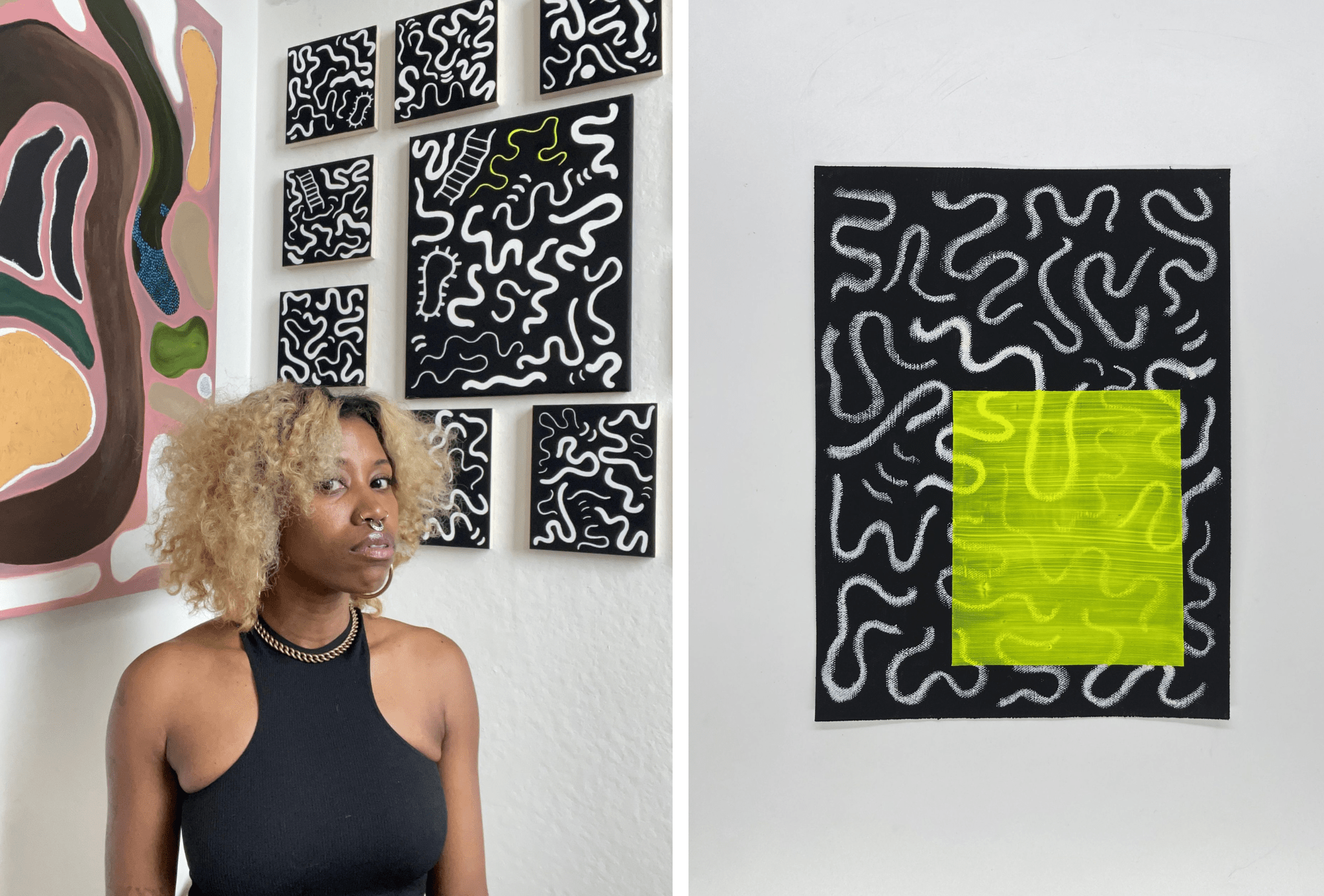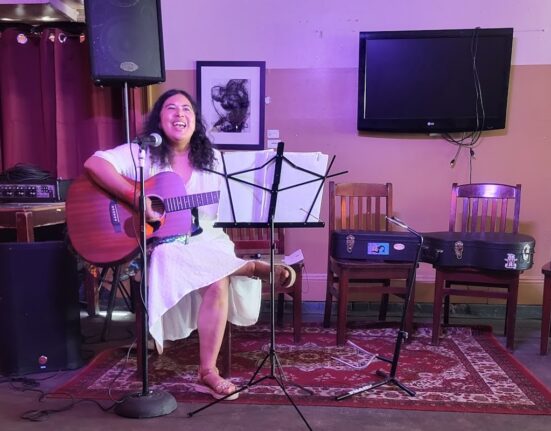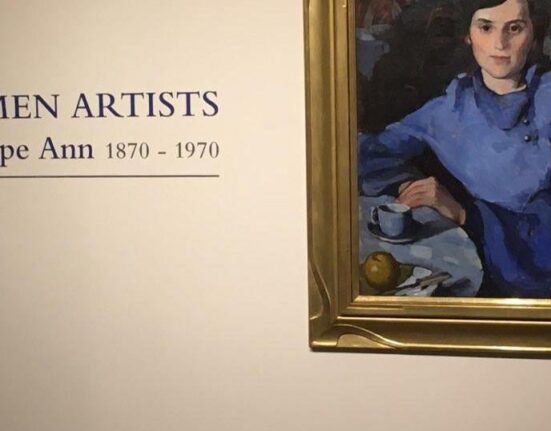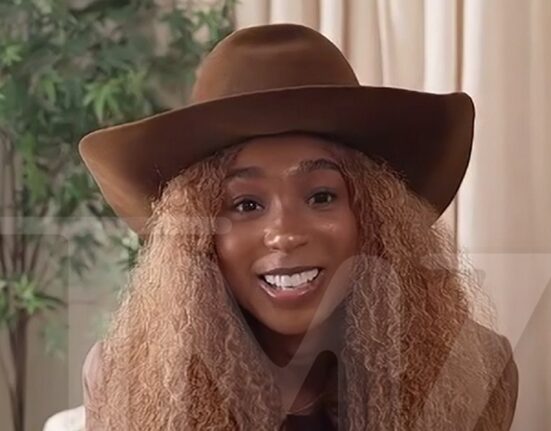Brooklyn’s atiya jones, a dynamic multidisciplinary visual and conceptual artist, has been making waves in Pittsburgh’s art scene since she arrived in 2016. What led her to Pittsburgh, a city often overshadowed by its larger counterparts on the East Coast? The artist’s journey was driven by “abject wanderlust.”
“I’d never been here before committing to a four-month artist residency during the summer of 2016,” she recalls.
The leap into the unknown set the stage for a profound transformation in her life and art. Swapping the concrete jungle for Pittsburgh’s rolling hills was like a breath of fresh air.
“Unlike the metropolis I came from, I can see the sky — the environment is simply less claustrophobic. One of my favorite words is ‘ensconce,’” she muses. “I’ve related to how the hillside just kind of holds me here.”
The city’s natural beauty wasn’t the only thing that captivated jones. The warmth and openness of the Pittsburgh community truly made her feel at home.
“Upon arrival, I found that people were very open to connecting me with other working artists, and in some ways, I felt very supported,” she says.
Her art, especially the WildLines series, is a fascinating journey through intricate, emotion-filled drawings made of meticulously arranged lines. The pieces dive deep into themes of isolation and connection, inviting viewers to explore the complexities of human experience.


“Strong feelings of isolation and my love for the topographical landscape initially influenced a lot of my WildLines. A lot of my work was meticulously drawn with extremely fine-point pens, which in hindsight were indicative of my mental health at the time. The tension I felt in my body was translated to the page, while the forms they would take were informed by the landscape and architecture around me,” she explains.
Then came the pandemic, a storm that reshaped lives and art alike.
“During the pandemic, my lines began to shift; they became bolder, looser, and instead of connecting, they were searching for one another,” she reflects.
The evolution mirrors her personal growth and introspection during those challenging times. Her public artworks, once a defiance against gentrification, now explore themes of mental wellness. Yet, accessibility remains at the core of jones’ artistic ethos. Her line-based imagery serves as a universal language, inviting everyone to engage with her work.
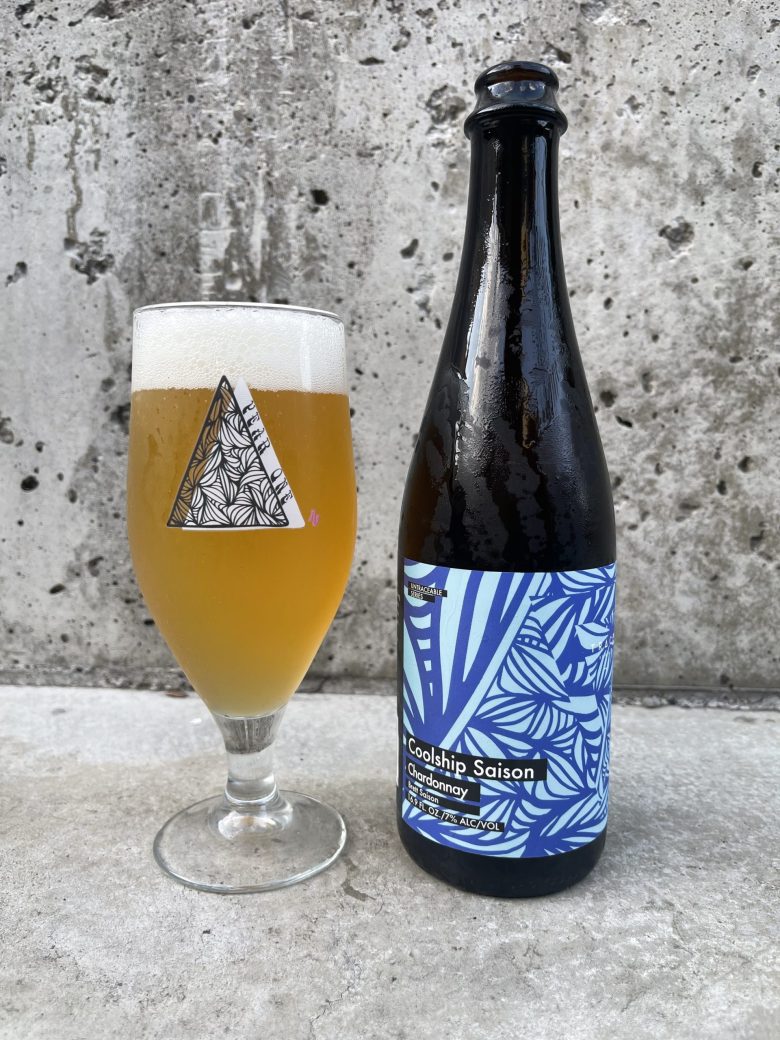

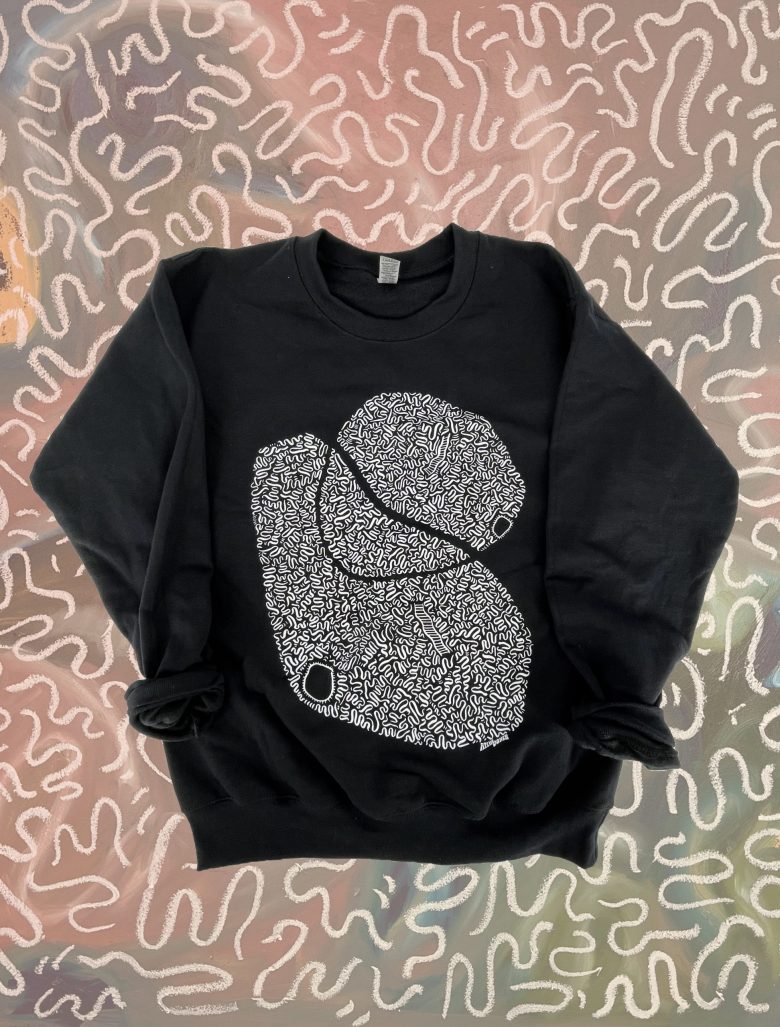

And where does she showcase all this brilliance? Everywhere. Her art isn’t confined to private collections or galleries; it spans various neighborhoods in Pittsburgh, making her work accessible to the community.
“My choice to create line-based imagery stems from a desire to create a point of entry for nearly anyone to interact with my work. From infants who can only see black and white to someone who studied art history with a foundational knowledge of the process of ‘mark-making,’ to someone just wandering by who says ‘Hey that looks cool’ — I wanted everyone to feel like they could approach my work,” she says.
“My WildLines and Brain Maps are self-portraits of my brain,” she adds. From journals to postcards to wearable items to paintings to wall art, the art transcends traditional mediums, expanding its reach along the way.
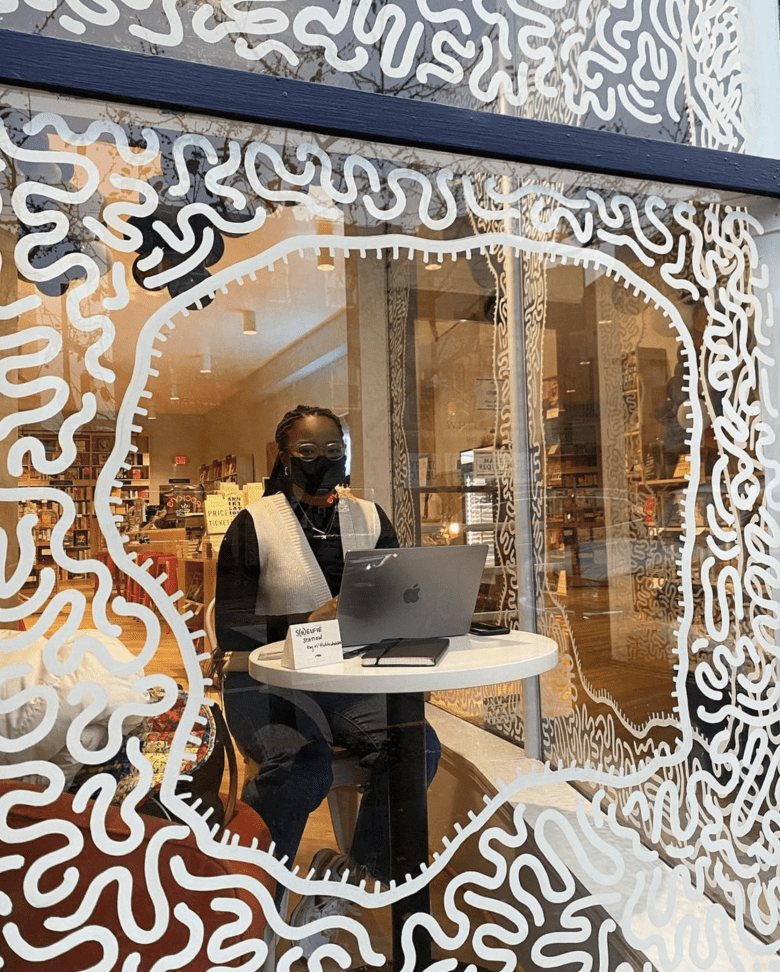

“I don’t believe that art has to be presented in just one way. Everything in the world around us is designed by someone, why not let it be me?” says jones.
One of her favorite installations is at White Whale Bookstore, where she created “The Portals Are Open.”
“Inspired by the nature of the space, each window features a visual vignette. Beyond the glass, the placement of cafe tables creates an image in which the patron inside becomes framed by my work. The impact of the sun on the lines creates shadows that shape-shift throughout the day as well.” This dynamic interaction between the artwork, the space and the changing light adds a magical, ephemeral quality to the piece.
Her work is also featured in the permanent collections of prestigious institutions like The Carnegie Museum of Art and The Benter Foundation.
“Having my work in the Carnegie Museum of Art’s permanent collection is a profound honor. It’s a validation of my journey and the themes I explore through my art,” she reflects.
Representation is a cornerstone of her art.
“I don’t claim to speak for the entire Black community,” she clarifies. “I speak from my own experiences as a Black, queer woman with ADHD, anxiety and depression.”
By being unapologetically herself, jones creates a space for others to do the same, fostering inclusivity and empathy in her community. “Being open about who I am behind the lines is the door that welcomes inclusivity in my community,” she explains.
Then there’s the fascinating restroom art. Yes, you heard that right. jones turned the restrooms at Lolev Beer into a psychedelic wonderland. Her project “Isolation Chamber 2AB” at the Lawrenceville brewery is both quirky and particularly meaningful.
“I’d always wanted to create a bathroom full of my lines. Because of my anxiety, I often disappear into the safe space of a bathroom upon arriving in an unfamiliar setting,” she reveals. This continuous hand-drawn image spans both restrooms and an adjoining enclave, surrounding visitors and incorporating them into the artwork.
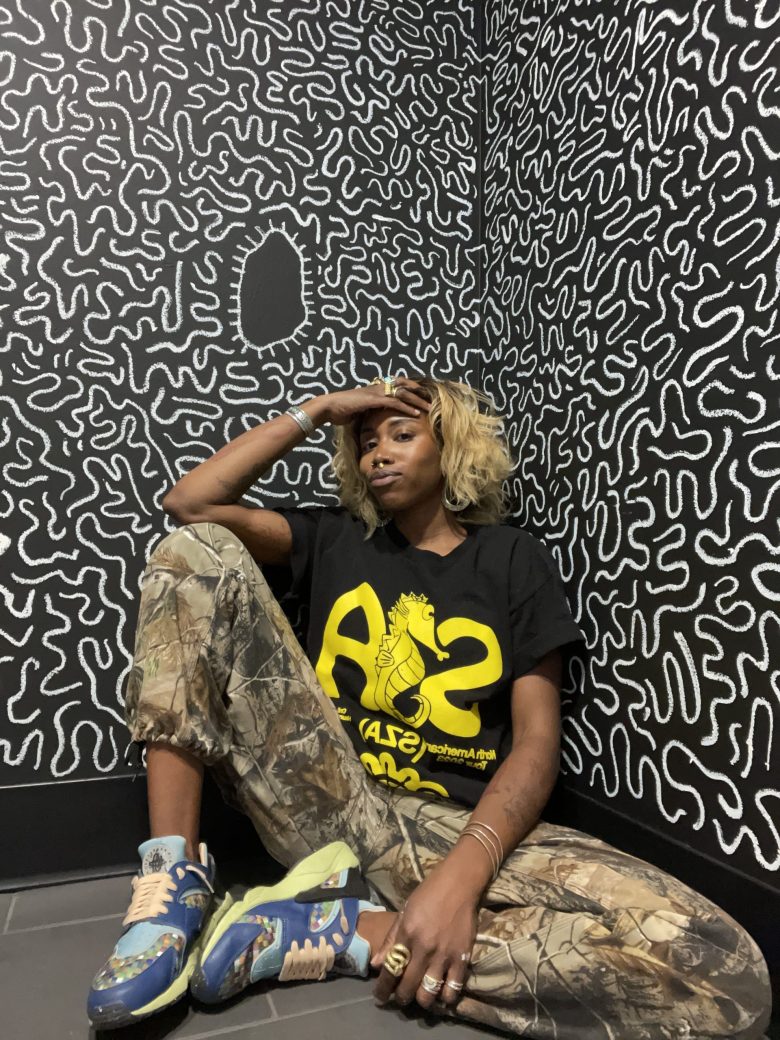

As Juneteenth approaches, jones reflects on its significance and how it influences her work.
“Juneteenth has become a time to celebrate Black American culture, a time to reiterate the fact that We Are Still Here. However, it is also a time to evaluate the ongoing battles of discrimination we face as Americans. Our value as human beings is constantly undermined, while our culture is pilfered for capital gain.
“One short month and a day is not enough to truly showcase the impact we have on the world. As much as it is a holiday, it is a time to say, ‘We want more.’ More funding; exhibitions; curators versed in our culture; venues willing to host Black musicians; and spaces in which we feel safe and held.
“What happens on June 20th and beyond?”

